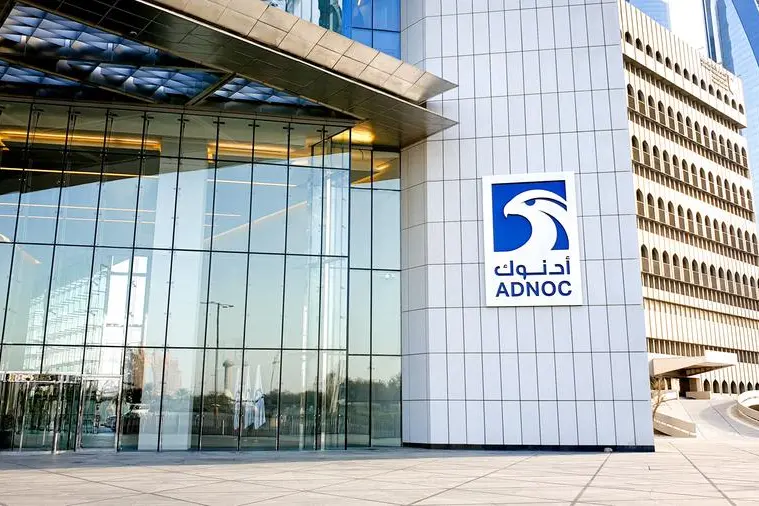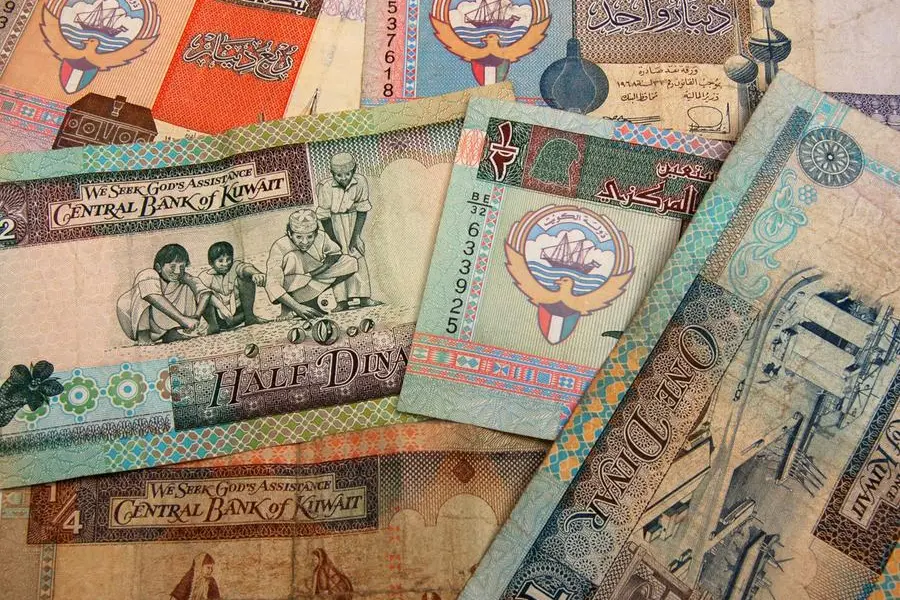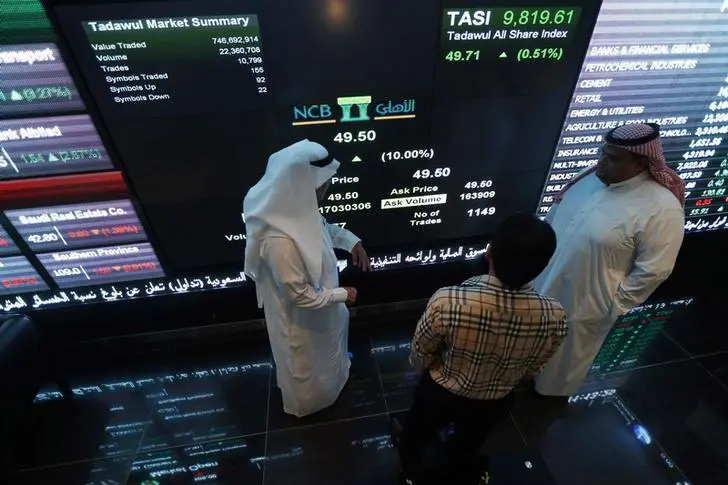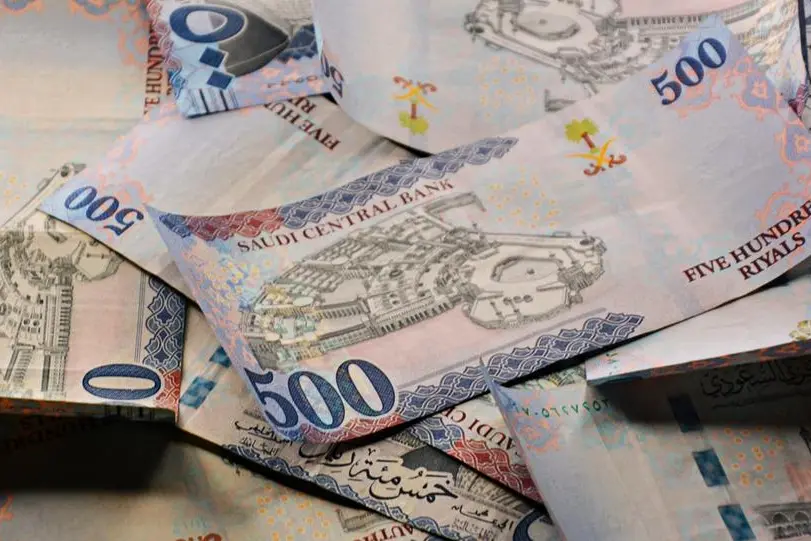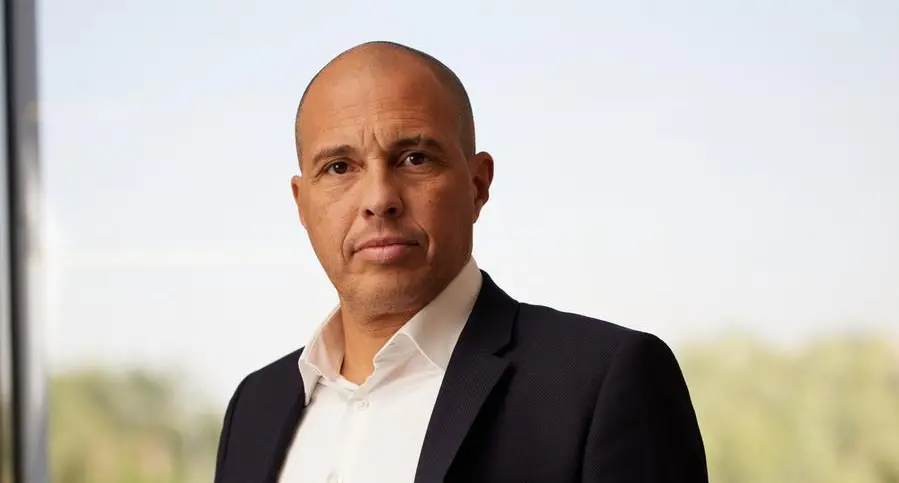ABU DHABI, 24 Aug. 2010 (WAM) Kalima, the translation project of the Abu Dhabi Authority for Culture and Heritage (ADACH), announced the publication of the Arabic translation of "Introducing Translation Studies: Theories and Applications" written by the British writer and academician Jeremy Munday.
The book offers an objective and comprehensive review of the main theories that dominated translation in the twentieth century. It sets out translation in both theory and practice frameworks and in accordance with a historical perspective that takes into accounts the stages through which translation passed over the centuries. It provides a brief history of the emergence of the field of translation studies, highlighting the background of the advent of what is currently known as literal translation and free translation. Consequently, the book brings us back to the eras of Cicero (in the first century BC) and Saint Jerome (late fourth century AD) and their contributions in this field which formed the basis upon which important translation studies were based in the following historical periods. The book refers to the German school and its pioneers of the sixteenth century, including translators Martin Luther and Schleiermacher, and the attempts to formulate a systematic translation theory by Dryden, Dolet and Tytler. The book takes us to the twentieth century to focus on modern translation theories and their intellectual, cultural, philosophical and political expansions in addition to their substantial role in promoting cultural interaction among peoples and nations. Munday talks about the first translation approaches which were based on the shifts idea and its pioneers Catford, Vinay and Darbelnet, Czech writers as well as Van Leuven-Zwart and his comparative model. The writer discusses the functional translation theories which are based on the idea of the text style, translation action, Skopos theory, translation-oriented text analysis, discourse and register analysis approaches, especially the Hallidayan model of language and discourse upon which translation models were based such as Houses model of translation quality assessment, Bakers text and pragmatic level analysis and Hatim and Mason model of semiotic level of context and discourse. The book sets out systematic theories, starting with the polysystem theory suggested by Even-Zohar, descriptive translation studies, translation norms and other models of descriptive translation models suggested by Lambert, van Gorp and the Manipulation School. The author dismantles philosophical theories of translation, including what Steiner thinks in his hermeneutic motion, what Ezra Pound describes as "the language of energy" and Derridas deconstruction movement. He concludes his book with a chapter dedicated to the emergence of a newly integrated branch of translation studies. Munday is Reader in Spanish at the University of Leeds in Britain. He is the Chair of the International Association for Translation and Intercultural Studies Publication Committee. He has published extensively on translation theories, discourse analysis, stylistics and corpus-based translation studies. He specialises in translating Spanish literature and Latin American literature into English. Mundays book was translated by Hisham Ali Jawad. Born in Iraq, Jawad holds a Ph.D. in translation from the University of Edinburgh in Britain and is Professor of Translation at Sultan Qaboos University in Oman. He worked as a translator and a teacher in Iraq, Britain and Sweden for more than twenty years. He has numerous research and translations published in both Arabic and English.Copyright Emirates News Agency (WAM) 2010.










